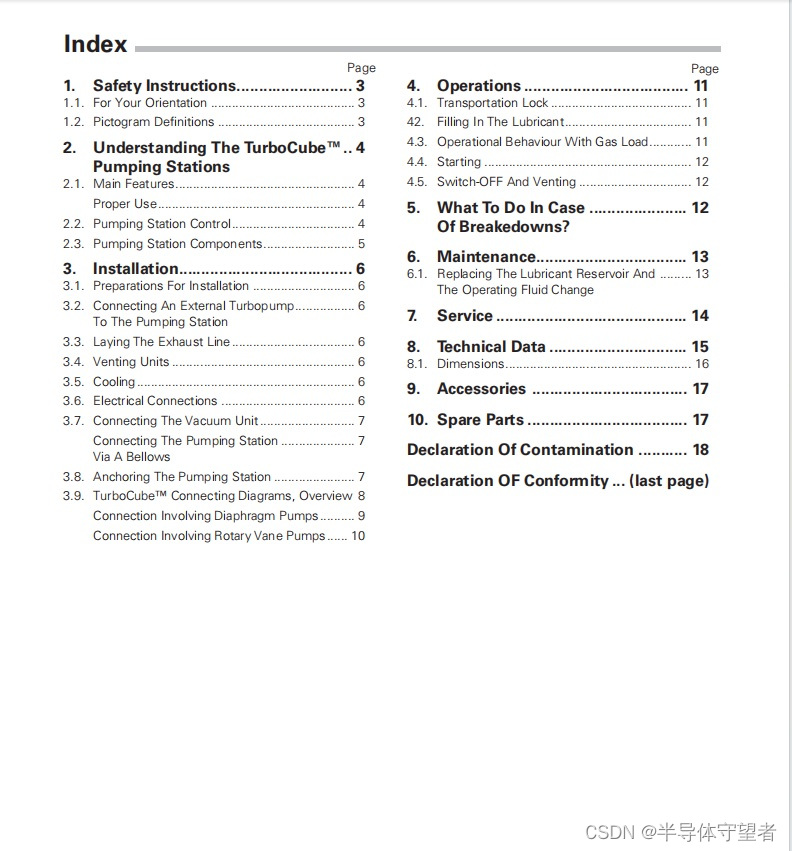1 inventory主机清单管理
Inventory支持对主机进行分组,每个组内可以定义多个主机,每个主机都可以定义在任何一个或多个主机组内。
如果是名称类似的主机,可以使用列表的方式标识各个主机。
vim /etc/ansible/hosts
[webservers]
192.168.80.11:2222 #冒号后定义远程连接端口,默认是 ssh 的 22 端口
192.168.80.1[2:5]

[dbservers]
db-[a:f].example.org #支持匹配 a~f
inventory 中的变量
Inventory变量名 含义
ansible_host ansible连接节点时的IP地址
ansible_port 连接对方的端口号,ssh连接时默认为22
ansible_user 连接对方主机时使用的用户名。不指定时,将使用执行ansible或ansible-playbook命令的用户
ansible_password 连接时的用户的ssh密码,仅在未使用密钥对验证的情况下有效
ansible_ssh_private_key_file 指定密钥认证ssh连接时的私钥文件
ansible_ssh_common_args 提供给ssh、sftp、scp命令的额外参数
ansible_become 允许进行权限提升
ansible_become_method 指定提升权限的方式,例如可使用sudo/su/runas等方式
ansible_become_user 提升为哪个用户的权限,默认提升为root
ansible_become_password 提升为指定用户权限时的密码(1)主机变量
[webservers]
192.168.80.11 ansible_port=22 ansible_user=root ansible_password=abc1234

(2)组变量
[webservers:vars] #表示为 webservers 组内所有主机定义变量
ansible_user=root
ansible_password=abc1234

[all:vars] #表示为所有组内的所有主机定义变量
ansible_port=22
(3)组嵌套
[nginx]
192.168.80.20
192.168.80.21
192.168.80.22
[apache]
192.168.80.3[0:3]
[webs:children] #表示为 webs 主机组中包含了 nginx 组和 apache 组内的所有主机
nginx
apache

2 playbooks 剧本组成
(1)Tasks:任务,即通过 task 调用 ansible 的模块将多个操作组织在一个 playbook 中运行
(2)Variables:变量
(3)Templates:模板
(4)Handlers:处理器,当changed状态条件满足时,(notify)触发执行的操作
(5)Roles:角色
3 playbook剧本演练
1 下载httpd
创建xxx.yaml格式文件


cd /etc/yum.repos.d/ #制作本地yum源
cd /etc/ansible/playbook/ #将修改后的httpd.conf文件复制到当前目录中
vim /etc/ansible/playbook/play1.yaml
- name: the first play for install apache
gather_facts: false
hosts: dbservers
remote_user: root
tasks:
- name: disable firewalld
service: name=firewalld state=stopped enabled=no
- name: disable selinux
command: '/usr/sbin/setenforce 0'
ignore_errors: true
- name: disable selinux forever
replace: path=/etc/selinux/config regexp="enforcing" replace="disabled"
- name: mount cdrom
mount: src=/dev/sr0 path=/mnt fstype=iso9660 state=mounted
- name: copy local yum configuration file
copy: src=/etc/yum.repos.d/repo.bak/local.repo dest=/etc/yum.repos.d/local.repo
- name: install apache
yum: name=httpd state=latest
- name: prepare httpd configuration file
copy: src=/etc/ansible/playbook/httpd.conf dest=/etc/httpd/conf/httpd.conf
notify: "reload httpd"
- name: start apache
service: name=httpd state=started enabled=yes
handlers:
- name: reload httpd
service: name=httpd state=reloaded


//运行playbook
ansible-playbook test1.yaml
//补充参数:
-k(–ask-pass):用来交互输入ssh密码
-K(-ask-become-pass):用来交互输入sudo密码
-u:指定用户
ansible-playbook test1.yaml --syntax-check #检查yaml文件的语法是否正确
ansible-playbook test1.yaml --list-task #检查tasks任务
ansible-playbook test1.yaml --list-hosts #检查生效的主机
ansible-playbook test1.yaml --start-at-task='install httpd' #指定从某个task开始运行

定义引用变量
- name: second play
hosts: dbservers
remote_user: root
vars: #定义变量
- groupname: mysql #格式为 key: value
- username: nginx
tasks:
- name: create group
group: name={{groupname}} system=yes gid=306 #使用 {{key}} 引用变量的值
- name: create user
user: name={{username}} uid=306 group={{groupname}}
- name: copy file
copy: content="{{ansible_default_ipv4}}" dest=/opt/vars.txt #在setup模块中可以获取facts变量信息
ansible-playbook test1.yaml -e "username=nginx" #在命令行里定义变量2 使用sudo命令将远程主机的普通用户提升为root用户
vim /etc/ansible/playbook/play2.yaml
- name: second play
hosts: webservers
remote_user: clr
become: yes
become_user: root
vars:
- username: zhu
- groupname: feng
- filename: /opt/123.txt
gather_facts: true
tasks:
- name: create group
group: name={{groupname}} gid=2800
- name: create user join group
user: name={{username}} uid={{uid}} groups={{groupname}}
- name: copy file
copy: content="{{ansible_default_ipv4.address}}" dest={{filename}}
- name: modify username and groupname of file
file: path={{filename}} owner={{username}} group={{groupname}}
3 when条件判断指定ip地址
vim /etc/ansible/playbook/play3.yaml
- name: third play
hosts: wenservers
remote_user: root
tasks:
- name: touch file
file: path=/opt/web.txt state=touch
#when: ansible_default_ipv4.address != "192.168.80.105"
when: inventory_hostname == "192.168.80.80"

4 循环迭代with_items创建目录文件
vim /etc/ansible/playbook/play4.yaml
- name: fouth play
hosts: webservers
remote_user: root
vars:
myfile:
- /opt/a
- /opt/b
- /opt/c
- /opt/d
tasks:
- name: touch directory
with_items: "{{myfile}}"
file: path={{item}} state=directory
- name: touch file
with_items:
- /root/a
- /root/b
- /root/c
- /root/d
file:
path: "{{item}}"
state: touch


4 playbook剧本格式
vim XXX.yaml
- name: #指定play名称
hosts: #指定主机组
remote_user: #执行用户
gather_facts: true|false #是否收集远程主机facts信息
vars: #定义变量
tasks: #定义task任务列表
- name: #定义task任务名称
模块: #定义任务使用的模块和参数
with_items: #定义循环列表
when: #定义判断条件(== != >= > <= <),true则执行任务,否则不执行任务
ignore_errors: true #忽略任务失败
notify: #定义task任务changed状态时触发的任务名
tags: #指定标签,ansible-playbook --tags 仅执行拥有指定 tags 标签的任务(always标签总会执行)
handlers: #定义notify触发的任务列表
task任务模块语法
横向格式:
模块名: 参数选项1=值 参数选项2={{变量名}} ...
纵向格式:
模块名:
参数选项1: 值
参数选项2: "{{变量名}}"
...
with_items迭代变量语法
横向格式:
with_items: ["值1", "值2", "值3"]
值为对象(键值对字段)时:
with_items:
- {key1: value1, key2: value2, ...}
- {key1: value3, key2: value4, ...}
纵向格式:
with_items:
- 值1
- 值2
- 值3
值为对象(键值对字段)时:
with_items:
- key1: value1
key2: value2
- key1: value3
key2: value4



















